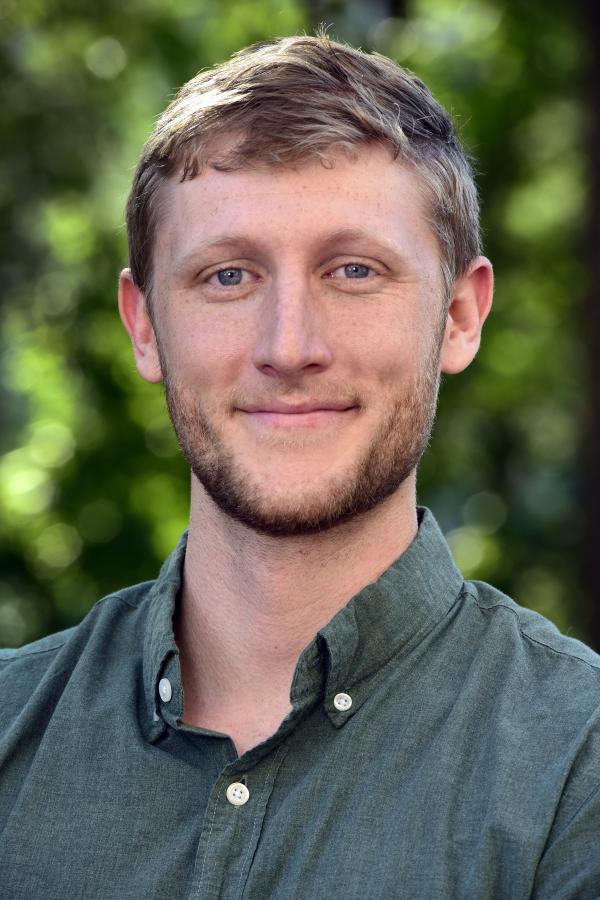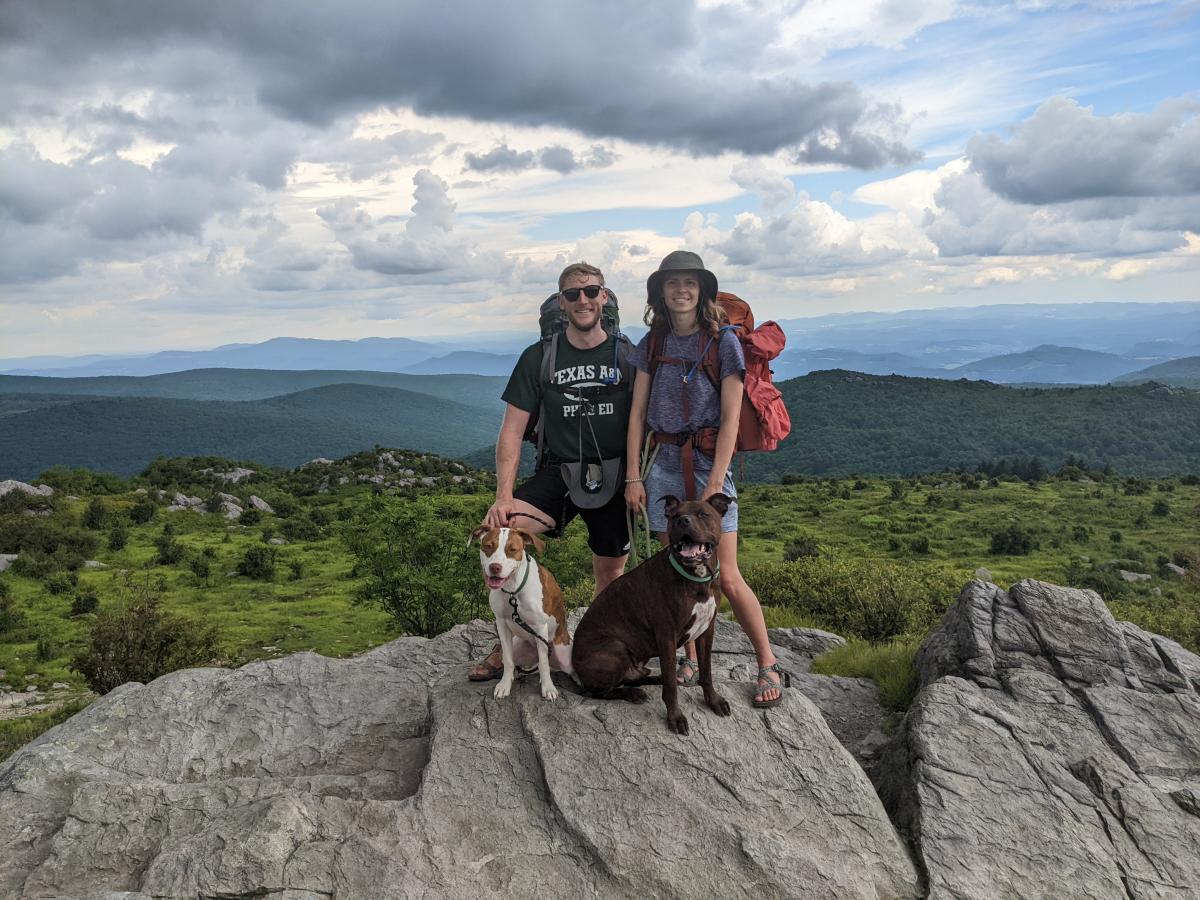Postdoc Profile: Going the Extra Mile
Dr. Ayland Letsinger examines the effects of exercise on the brain

Dr. Ayland Letsinger
Every January, gyms are flooded with new members using the beginning of a new year as a burst of motivation to get fit. When many of these new exercise enthusiasts abandon their new healthy habit within a couple months, they shouldn’t feel guilty, according to IRP postdoctoral fellow Ayland Letsinger, Ph.D. He believes there’s a genetic component behind our fluctuating interest in exercise, and he spends his days in his IRP lab investigating such biological factors behind the motivation to move.
“More people would rather binge-watch 'Stranger Things’ for three hours than do 30 minutes of moderate physical activity, and there may be a biological basis behind it,” he explains.
Dr. Letsinger started out studying to become a physical therapist during his undergraduate years at Texas A&M University, but he realized that neuroscience was his true calling while working as a podcast producer for one of his professors. The podcast invited scientists to discuss their work on the effect of sports on human health, which sparked Dr. Letsinger’s own curiosity on the neuroscience behind our motivation to exercise. He decided to pursue a graduate degree in Exercise Physiology at Texas A&M University, where he studied how different diets and the types of microbes in the digestive tract, known as the gut microbiome, affected the amount of time that mice spent running on their wheels.
“To examine the biological regulation of physical activity, mice are the best models,” Dr. Letsinger explains. “They love to wheel run and will pull levers to get access to a running wheel. Incredibly, they can run between six and 20 kilometers a night, depending on their genetic background, and even go through a kind of withdrawal if wheels are taken away from them. Interestingly, studies have found that wheel running activates very similar regions of the brain in mice as addictive drugs.”
After finishing graduate school, eager to study how physical activity influences the brain, Dr. Letsinger sought out a lab that was doing cutting-edge neuroscience and decided to join the NIH research team led by IRP senior investigator Jerry Yakel, Ph.D. His experiments in Dr. Yakel’s lab, performed in collaboration with scientists in the lab of IRP investigator Guohong Cui, M.D., utilize a technique called fiber photometry, which measures light that genetically altered neurons emit when they are activated or come in contact with specific molecules. The light is captured by a fiber optic cable aimed at the particular brain region Dr. Letsinger wants to study.
This video from one of Dr. Letsinger's studies shows how he uses a technique called fiber photometry to monitor the brain activity of a mouse while it runs on its wheel.
Using the technique, Dr. Letsinger is specifically examining neurons that respond to dopamine and acetylcholine, two brains chemicals — or ‘neurotransmitters’ — associated with motivation and movement. The incredibly sensitive technology allows him to measure the amount of these neurotransmitters that is released every quarter of a second when mice are running on a wheel.
“I measure the neurotransmitter activity across many hours of running, so instead of analyzing these videos frame by frame, I trained a machine learning network to detect if a mouse is running or not and then compared their behavior with the intensity of light signals from these neurons,” he explains.
As interesting as he finds the question of how neurotransmitters change during physical activity, he is even more motivated by the goal of using what he learns to enhance human health. After all, the vast majority of people know that a sedentary lifestyle is bad for their health and yet are not physically active. Ultimately, he hopes to pursue an academic research career focused on developing therapeutics that will make people more likely to be active by enhancing the reward signals produced by their brains when they exercise. Such interventions could help people overcome their natural, genetically influenced inclinations to pursue or avoid physical activity.
“Your genes may determine who you can be, but you determine who you will be,” he says.

Dr. Letsinger is no stranger to physical activity himself. This photo shows him and his wife, Dr. Sarah Little-Letsinger, on a hike with their two dogs, Frankie and Jackson.
Unsurprisingly, pursuing that goal presents numerous challenges, including the need to ensure that the fiber optic cables used in fiber photometry are focused on the right neurons and don’t interfere with other neurons. It is also not easy to make sense of the huge amount of data fiber photometry collects during the many hours mice spend running on their wheels each day. However, the fact that Dr. Letsinger’s IRP mentors developed the research technique themselves has been hugely helpful in overcoming these challenges.
His mentors have also taught him important lessons that go beyond the technical aspects of performing experiments. Faced with a long road ahead of him before his discoveries can be converted into medical interventions, Dr. Letsinger has learned the importance of having a long-term perspective.
“Patience is the ultimate key,” Dr. Letsinger says. “Science is definitely a test of endurance. I’m not here for a sprint.”
Subscribe to our weekly newsletter to stay up-to-date on the latest breakthroughs in the NIH Intramural Research Program.
Related Blog Posts
This page was last updated on Wednesday, July 5, 2023
